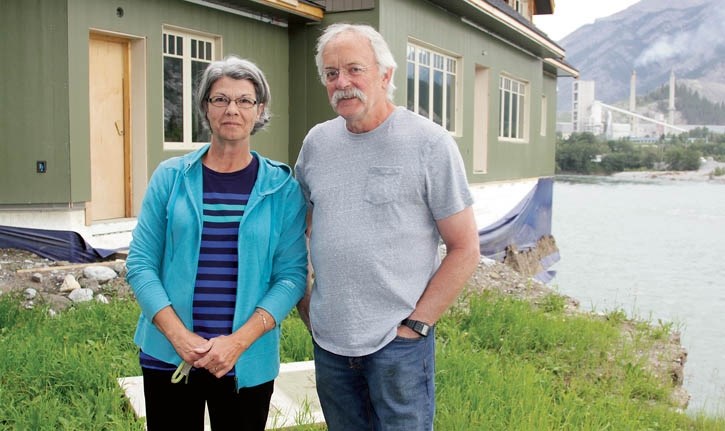The Government of Alberta has accepted 15 of 16 recommendations to come out of a third-party analysis of the 2013 provincial response to the flood, considered the largest natural disaster in Canadian history.
With an estimated total cost of recovery at $5 billion and over 30 communities affected by the flood and declared local states of emergency, the first provincial state of emergency declared for the Town of High River and more than 125,000 people evacuated – the 2013 flood has had lasting effects.
Consultants MNP conducted a review and analysis of the Government of Alberta’s response to, and recovery from, the 2013 flood and made 16 recommendations in a report released earlier in December.
Banff-Cochrane MLA Cam Westhead said the government has accepted 15 of the 16 recommendations and those are currently underway.
“We are taking the recommendations of the independent report very seriously,” Westhead said. “We want to work in collaboration and cooperation with communities to make sure what we are doing is serving people’s needs in a timely fashion and it is clear and straightforward.”
The report outlines how the provincial Disaster Recovery Program was overwhelmed by the sheer volume and size of the disaster and recovery efforts needed immediately afterwards.
The report states: “Demands and expectations regarding Disaster Recovery Program support to individual claimants exceeded that which the program was intended to deliver, and as a result, execution struggled from the start. Processes, infrastructure and staffing were not able to meet the volume or complexity, and support for the individual claimant component of the Disaster Recovery Program was identified as the largest shortfall in the province’s recovery efforts.”
Westhead said he wants changes to the DRP to result in victims of a natural disaster knowing with certainty how they can proceed with recovery of their homes.
He said he has heard individual stories from residents of his riding, which was significantly hit by the heavy rain and subsequent flood waters, about how they were given assurances they could rebuild and would be compensated later and were subsequently denied.
“They acted in good faith and down the road were denied the claim,” he said. “We do not want to be in situations like that, we want people to know as soon as possible.”
One of the recommendations of the report is to complete the redesign, currently underway, and implement changes to the DRP, with specific attention to streamlining the overall process and improving the processing of individual files.
Westhead said one of the steps to improve the program is to use a case management model to improve communication to and from the person applying for recovery funds. He added the model provides the Alberta Emergency Management Agency with flexibility to hire more staff if required to support future disasters.
Other recommendations in the report are: develop an emergency management staff wellness program; complete the update to the Alberta Emergency Plan; maintain existing frameworks, structures and plans, and implement identified improvements; develop and implement a provincial emergency social services framework; develop a new state-of-the-art provincial operations centre facility; continue to refine and improve government business continuity plans; prioritize training and continue to develop those programs; continue to develop the field officer program; support and facilitate regionalization of emergency management in Alberta; support and focus emergency management capacity building in First Nations; pre-qualify vendors and create a vendor list for contracted emergency management response and recovery services and improve communication and document procedures that worked in 2013.




